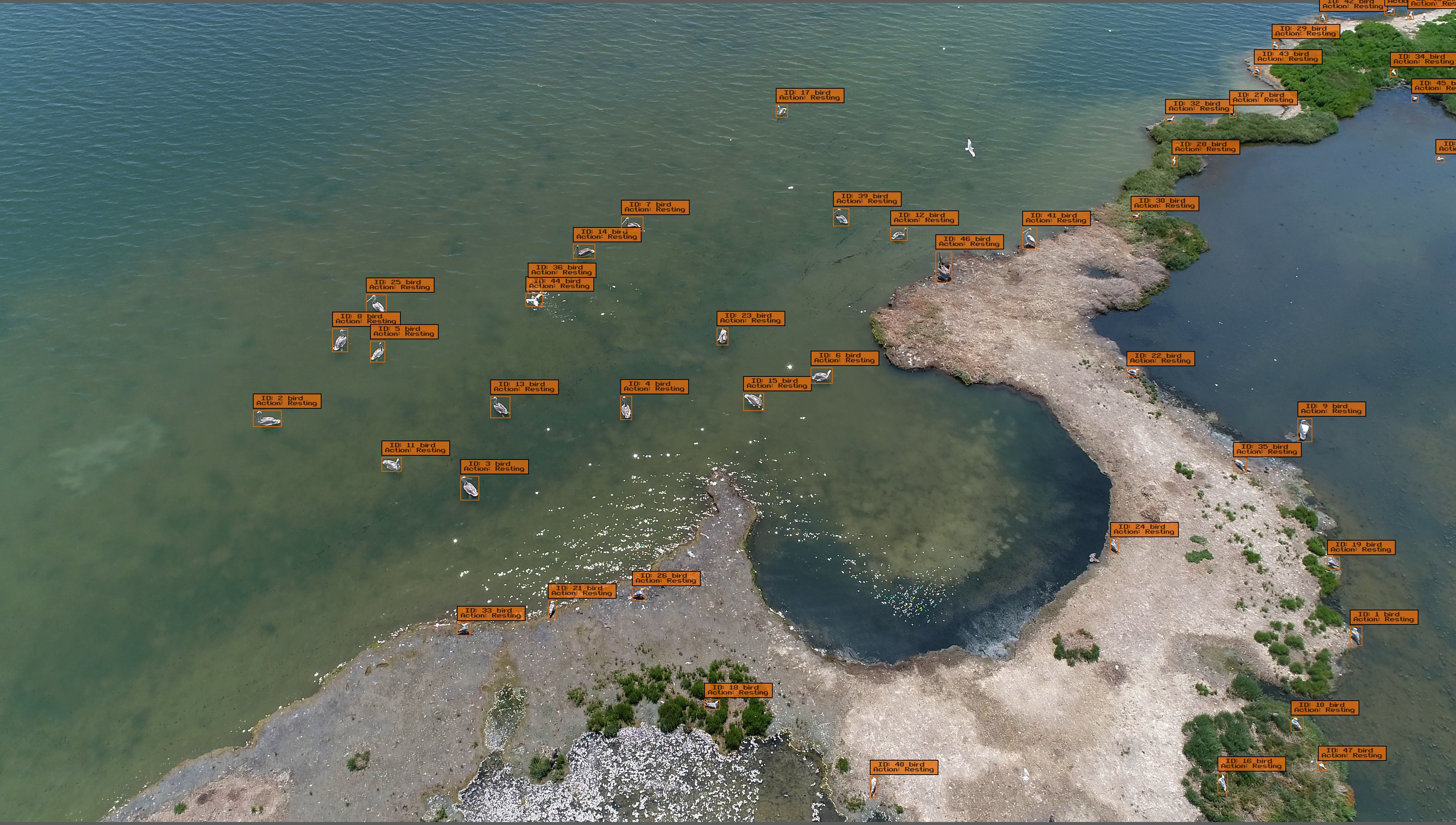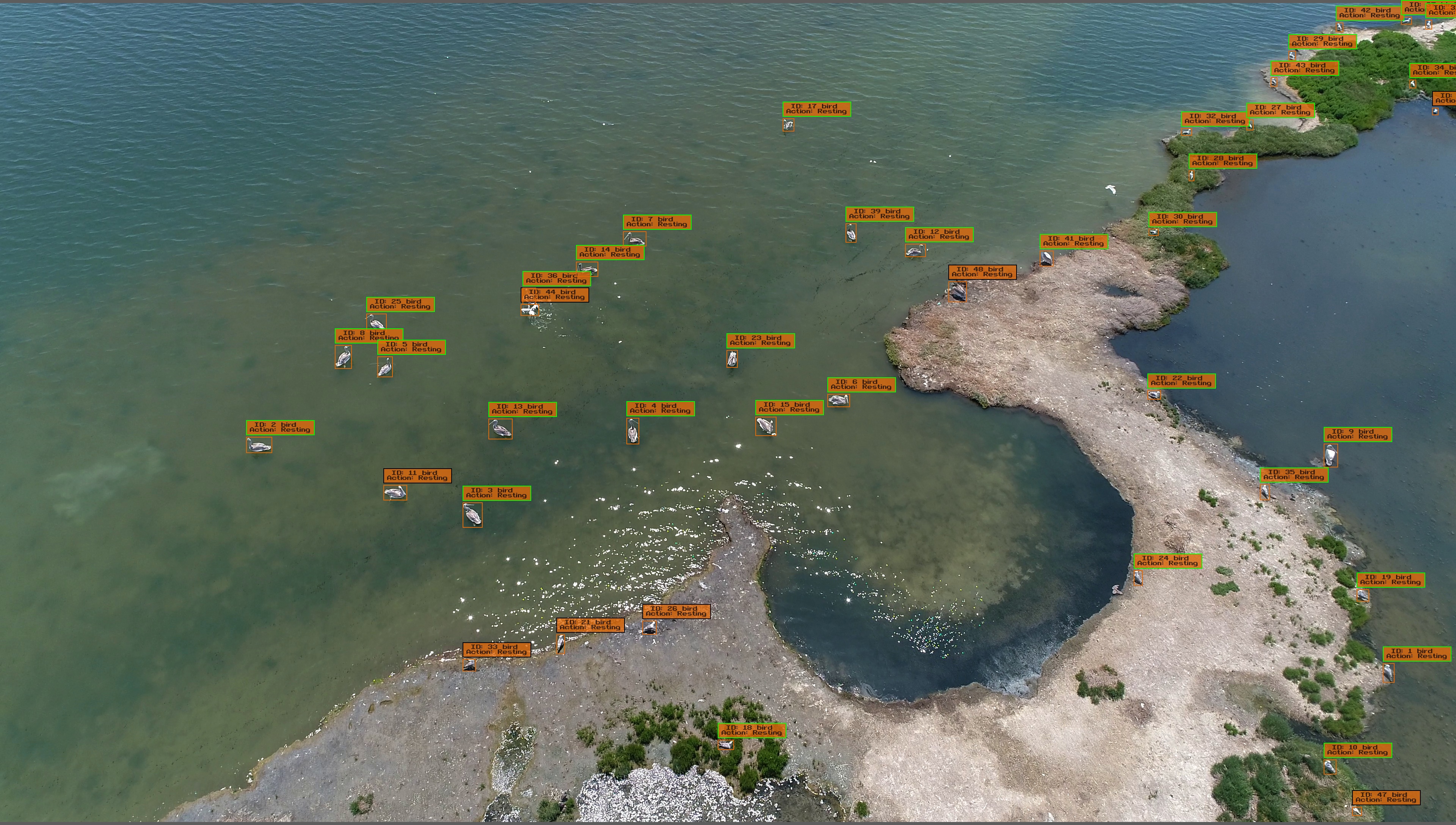Brief Description of the project:
Introduction: Embarking on a dual mission, our goal is to develop cutting-edge machine vision algorithms for avifauna surveillance and establish an innovative system for remote avian health diagnosis, particularly in the ecologically vital Amvrakikos wetlands.
Objective 1: Machine Vision for Remote Monitoring: Our primary focus involves crafting algorithms tailored for precise avifauna observation. Leveraging thermal cameras and drones, these algorithms ensure surveillance without disturbing bird colonies while adeptly identifying diverse species and habitats. The integration of findings into a geographic information system further enhances data visualization.
Objective 2: Remote Avian Health Diagnosis: Simultaneously, we are developing a state-of-the-art system specialized in remote avian health diagnosis, specifically designed for the unique challenges presented by the Amvrakikos .
Application in Biosecurity Measures for Avian Influenza: Anticipated contributions to the Ministry of Rural Development and Food’s “Biosecurity Measures for Avian Influenza” are substantial. Through the project’s implementation, veterinary authorities gain immediate information, enabling prompt risk assessment and timely communication of potential disease outbreaks to stakeholders.
Impact on Disease Detection and Prevention: The project holds the promise of revolutionizing disease detection by acting preemptively. This proactive approach allows for swift removal of deceased birds, effectively preventing pathogen spread. Furthermore, it facilitates the early identification of highly contagious bird diseases, thereby enhancing our ability to mitigate potential threats.
Conclusion: In conclusion, this comprehensive approach effectively addresses the specific needs of the Amvrakikos wetlands, with broader implications for biosecurity measures and disease prevention strategies. The integration of modern equipment and technology is paramount for fostering a proactive and efficient response to potential threats facing avian populations.


